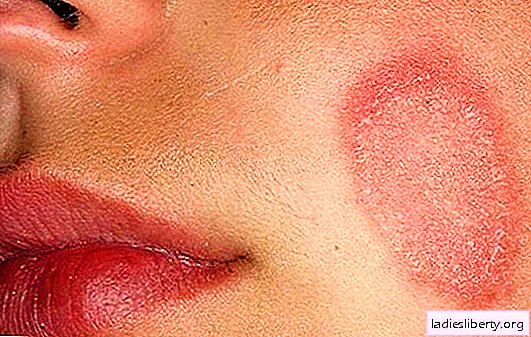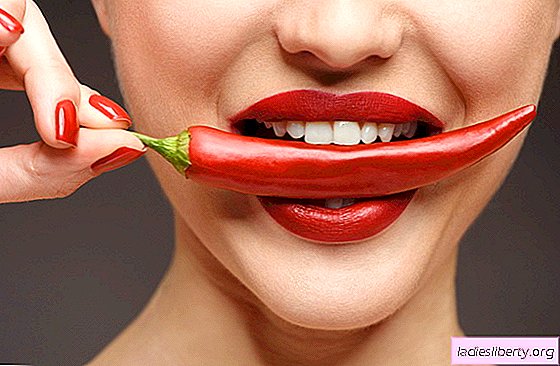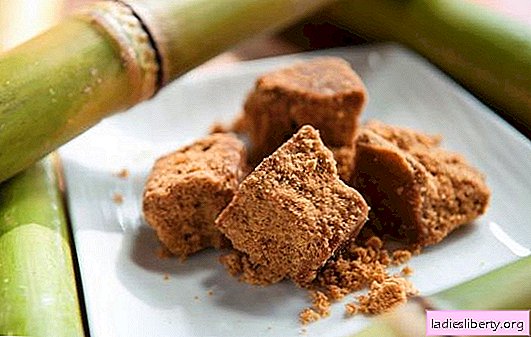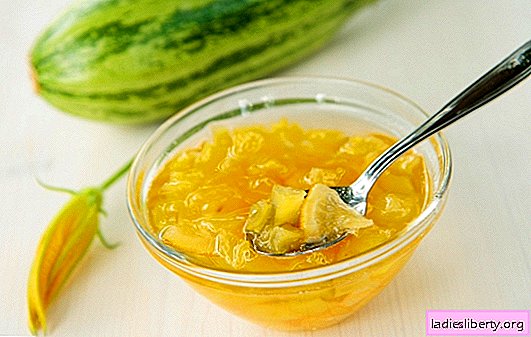
Pink lichen (pitiriasis, Zhiber's lichen) is a skin infectious disease that occurs in people with reduced immunity after a cold. The most vulnerable are children after 10 years and adults after 40. It has been established that the risk of infection in women is much higher than in men.
Persistent patients develop stable immunity, but there are cases of relapse that occur in people with sharply weakened immunity.
The disease is considered very contagious, transmitted through common objects and by airborne droplets. But only people with sharply reduced immunity get sick.
Causes of pink lichen in humans
The causes of pink lichen in humans are not fully understood. It is believed that the causative agent of the disease is a virus that is similar to herpesvirus types 6 and 7. This also explains the seasonality of infection - in spring and autumn. It is at this time that a sharp decrease in the immune status occurs, in addition, the onset of the rash is accompanied by flu symptoms. There are theories according to which a fungus or an allergic reaction can become a causative agent, especially when taking medications.
Ways of infection and the level of contagiousness of the infection are also not fully understood. It is assumed that virus infection occurs:
• airborne droplets;
• contact - through objects of use of a sick person;
• through an insect bite.
In the occurrence of the disease play a role:
• vaccination;
• bowel disease;
• metabolic disease.
But in people with strong immunity, lichen does not develop, because the body is able to withstand the disease.
The causes of pink lichen in humans, according to other studies, are:
• fungi;
• infectious - allergic reaction of the body to any stimulus;
• just a skin reaction to hypothermia due to reduced immunity.
Factors that lead to such an organism reaction in the form of pink lichen:
- acute stress or prolonged nervous tension;
- bathing with hot water;
- after any overheating.
Pink lichen in humans the first symptoms
When pink lichen develops in a person, the first symptoms of it are the appearance of a spot from 2.0 to 10 cm in size, the so-called maternal:
• its color varies from pink to bright red;
• the center is lighter, the peripheral part is slightly elevated above healthy skin and has a brighter color
• the center of the spot is somewhat retracted;
• spot skin covered with small scales;
• accompanied by burning and itching;
• place of localization - chest, back, neck.
Hands, feet, face are never affected.
Later, after about a week, small, up to 1.5 cm, spots of round or oval shape appear on the body - “medallions” which:
• clearly visible on a background of healthy skin;
• have clear boundaries;
• peel off due to dry skin;
• grouped in the form of a Christmas tree.
After 2 to 3 weeks, pink lichen is cured, leaving dark or white spots on the skin, which subsequently disappear without a trace.
The duration of pitiriasis is on average 1 month. Full restoration of the skin occurs approximately 3 months after the onset of the first manifestations of the disease on the skin. But there are cases when the treatment of pink lichen in a person takes many months and years.
Signs of pink lichen in humans
In addition to the direct changes on the skin that any person can notice in themselves, pink lichen may not manifest itself in anything. Only in a small part of patients, rashes are accompanied by burning and itching, and few - most often in children - show signs of a cold with signs of intoxication:
• headaches;
• weakness;
• fatigue;
• decreased appetite;
• sore throat;
• nasal congestion;
• swollen lymph nodes.
In most cases, patients do not experience painful or discomfort at the site of skin lesions. When various irritants are exposed to the skin, people with disorders of the nervous system feel itching or other discomfort.
Clinical forms of pink lichen in humans
According to certain signs of pink lichen in humans and the characteristics of clinical manifestations, several clinical forms of the disease are distinguished:
1. Urtikarnaya - blisters are formed on the surface of the spot by microabscesses; the course of the disease in this form is long, can last up to six months.
2. Vesicular - begins with the appearance of vesicles - vesicles with fluid.
3. Papular - formations raised above the surface of healthy skin are formed, leaving pigment spots
4. An irritated form is an atypical form of this pathology, since there is no maternal spot. With this form, severe itching occurs after water procedures, exposure to ultraviolet radiation, in places of friction of clothing, after treatment with sulfur preparations.
Differential diagnosis of pink lichen in humans
Many patients, when they find pink peeling spots on their bodies, begin self-treatment, focusing on information and photographs drawn from the Internet. But self-medication is dangerous because it is difficult to immediately differentiate pink lichen from other similar diseases, so the use of ointments and drugs for intensive care can only complicate the recovery process. Before the diagnosis is established, any treatment is prohibited. Therefore, when pink spots appear on the skin, first of all, you need to consult a dermatologist.
To clarify the diagnosis, a microscopy of skin scraping is performed and excluded (or confirmed):
• fungal skin lesions (dermatomycosis);
• pityriasis (color) lichen;
• ringworm;
• microsporia.
Symptoms of these diseases resemble pink lichen. In addition to the above, pink lichen can be confused with such skin diseases:
• psoriasis;
• eczema;
• secondary form of syphilis;
• allergic manifestations on the skin;
• HIV infection.
Pink lichen in appearance is very similar to multi-colored, and both diseases are quite common. The main distinguishing feature is the formation of an even tan on the skin after the transmitted Zhiber disease, in contrast to the multi-colored one, after which white spots remain on the skin during tanning. In addition, antifungal agents are effective in treating pityriasis versicolor.
The characteristic signs of pink depriving in humans, by which you can immediately recognize it, in addition to specific rashes, is their location along the Langer lines passing through the natural folds of the body. During the period of the disease, rashes are found on the skin at all stages of development.
Treatment for pink lichen in humans
Currently, there is no etiological treatment for pink lichen in humans. Expectant tactics are used: after a certain time, self-healing occurs.
To alleviate the condition, symptomatic therapy is used:
• antihistamines (Suprastin, Erius, Tavegil, Loratidin, etc.);
• topical - preparations based on zinc: zinc paste or zinc ointment;
• Tsindol - a talker with anesthesin and menthol;
• hormonal ointments to prevent itching and swelling (Flucinar, Hydrocortisone, Sinaflan, Lorinden A, etc.) - but a very short time, because they cause atrophic processes in the skin;
• Acyclovir (antiviral drug), Eriromycin - to prevent the spread of rashes and prevent bacterial complications;
• multivitamins;
• calcium preparations.
Since the allergic nature of the disease is not excluded, diet also plays a role in the treatment of pink lichen in humans. It is necessary to exclude allergenic products:
• citrus fruits;
• eggs;
• Tea coffee;
• nuts;
• chocolate;
• spicy seasonings.
In addition, you must:
• limit exposure to the sun;
• do not use a washcloth and soap;
• exclude the use of cosmetics for up to two months;
• refuse synthetic underwear and clothing.
Pink lichen in humans - prevention
In order to avoid the appearance of pink lichen in humans, the prevention of a disease that must be observed is to prevent and eliminate any infection in the body (bacterial, fungal, viral). For this, it is necessary to maintain high immunity:
• take multivitamins;
• general strengthening agents;
• hypoallergenic diet;
• mode of work and rest;
• refusal of bad habits (alcohol, smoking).
If you remember this and follow all the rules, it is possible to avoid this unpleasant disease.











